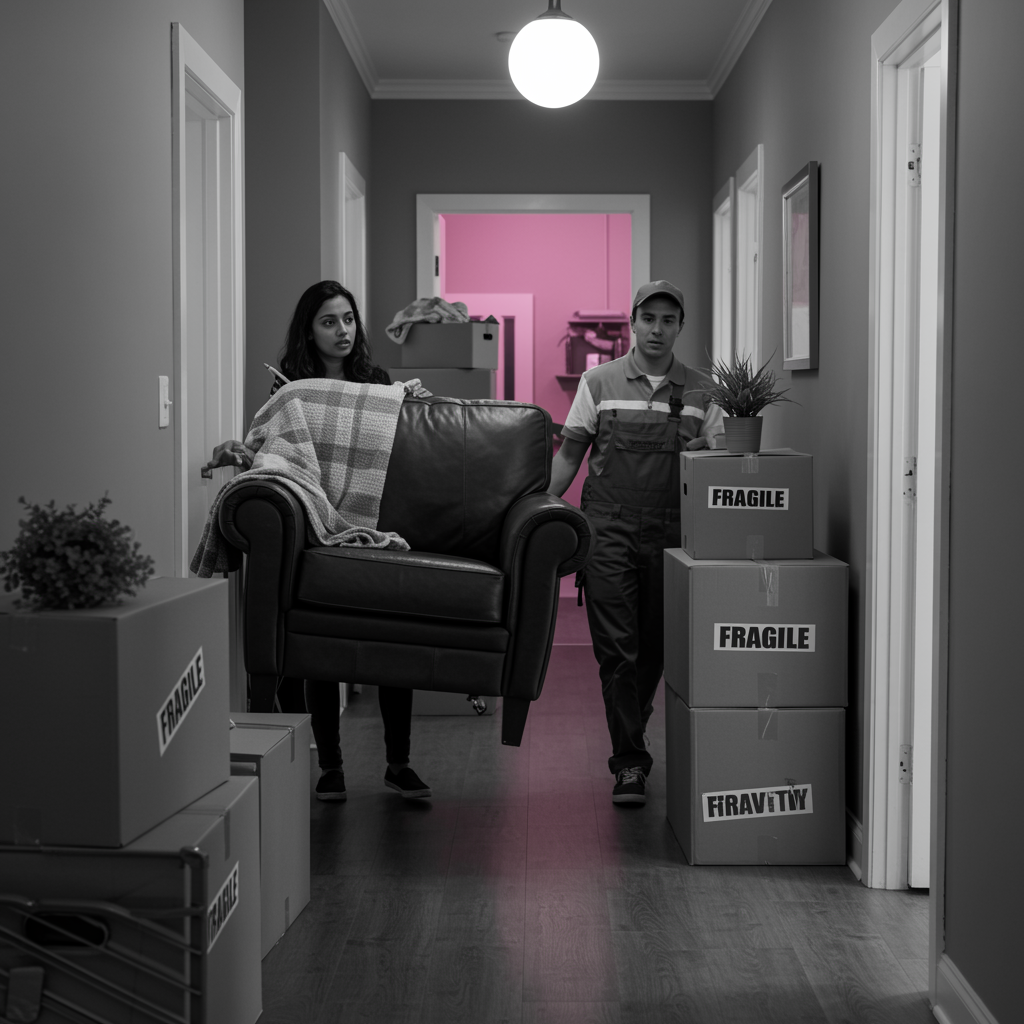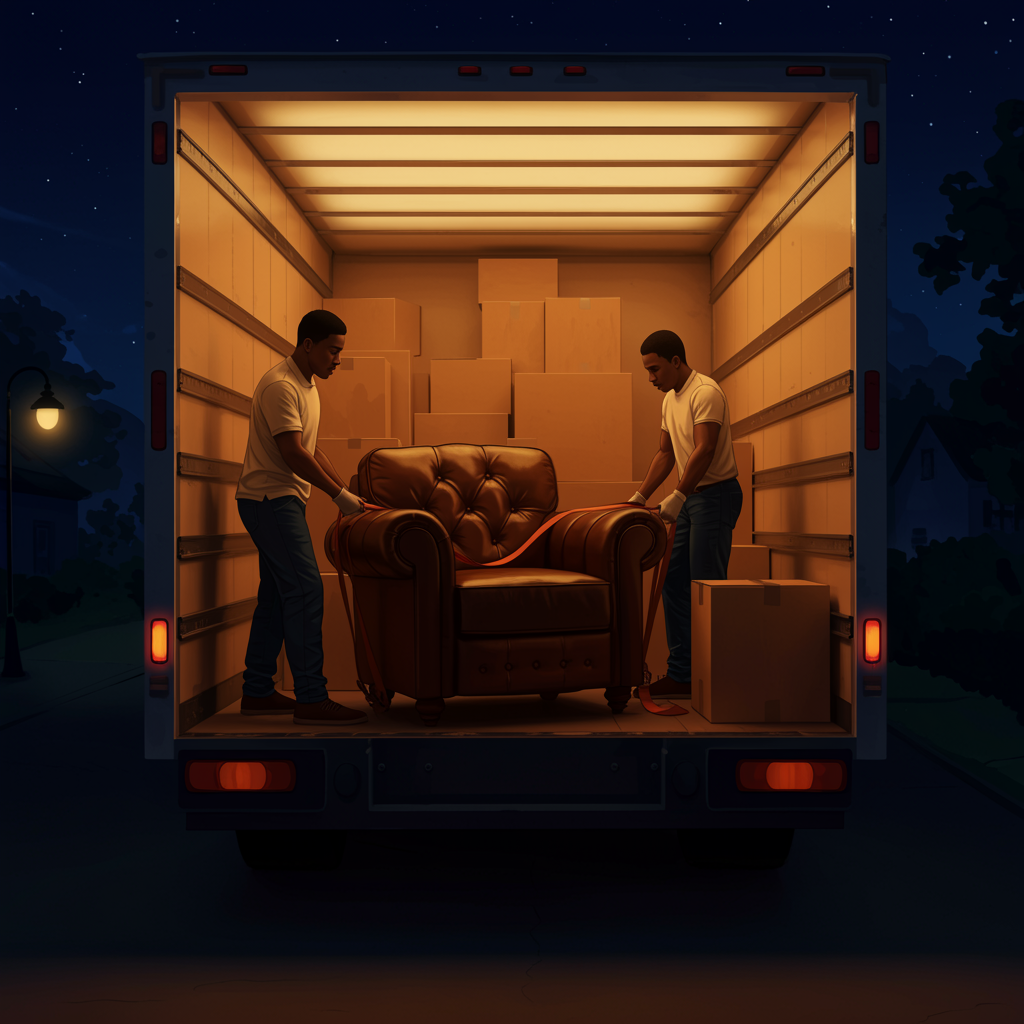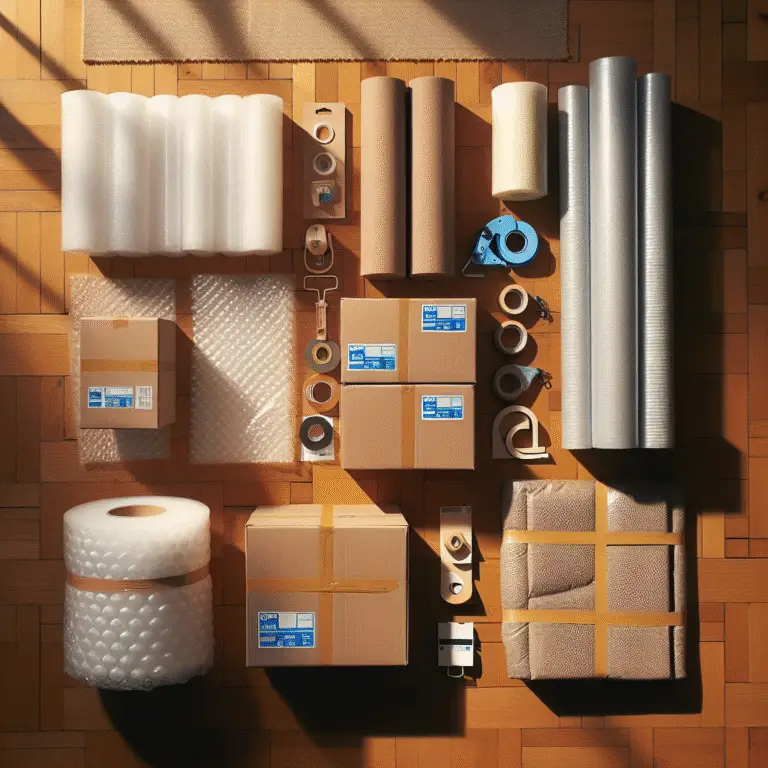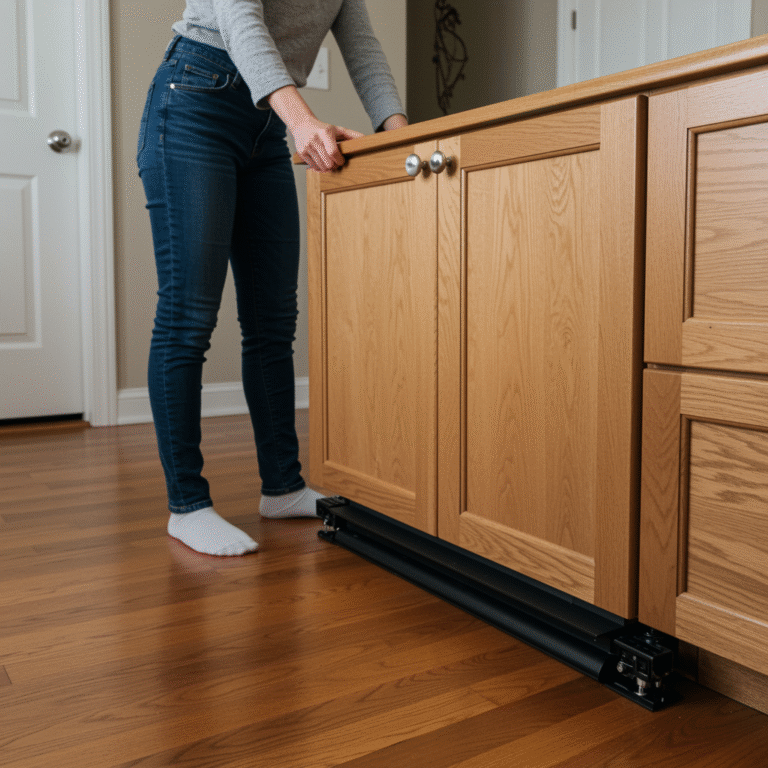Protecting Leather Furniture During a Move: Expert Tips
Moving is stressful enough without adding the heartbreak of damaged leather furniture. Imagine arriving at your new home only to find your prized leather sectional scratched, torn, or warped. The truth is, leather is luxurious—yes—but incredibly vulnerable during a move. Without the right prep, one wrong move can turn your investment into an eyesore. Here’s how to keep your leather furniture safe and spotless from departure to destination.
Why Leather Furniture Needs Extra Attention
Leather isn’t just another surface—it’s a material that reacts dramatically to its environment. Whether it’s full grain, top grain, or bonded leather, each type has its own sensitivity to pressure, moisture, and heat. When leather experiences abrupt changes in temperature or physical stress, it can crack, stretch, fade, or tear. That’s why protecting it isn’t just recommended—it’s absolutely essential.
Scratches from a loose buckle or tear from a poorly-placed strap can occur in an instant. Fading can happen when leather is wrapped in non-breathable materials or left in a hot van. And warping? That’s common if moisture gets trapped during transit. Being proactive about protection prevents costly repairs and preserves the furniture’s lifespan.
Know Your Leather: Understanding What You’re Moving
Leather is not one-size-fits-all. Full grain leather is top-tier, highly durable but also pricey. Top grain leather is slightly corrected and more stain resistant, while bonded leather—made from scraps and synthetic binders—is the most vulnerable. Knowing what you’re working with helps determine the level of care needed.
Humidity or extreme temperatures can wreak havoc on all leather types, but especially on bonded or faux leather, which can delaminate or crack. Pressure from stacking or strapping too tightly also causes dents or creases, which may never fully recover. Leather doesn’t forgive easily—once marked or stretched, it often stays that way.
Smart Pre-Move Preparation
Start with a clean slate. Dirt or grime can cause abrasions when the furniture shifts during transit. Use leather-safe cleaners and give the surfaces a thorough wipe-down. Don’t skip conditioning—this essential step keeps the leather supple and resilient against drying or cracking.
Examine the furniture closely for any existing damage. Note scratches, stains, or discoloration. Taking detailed photographs for your records will help with any insurance claims and ensures you restore the furniture to its original condition post-move.
If possible, disassemble your leather furniture. Remove cushions, detachable legs, and any other parts that could make moving easier and reduce impact risks. Smaller pieces are easier to protect and less likely to get snagged on doorways or stairs.
Don’t Skimp on Packing Materials
Choosing the right materials can mean the difference between arriving with perfect furniture or a repair bill. Always go with breathable covers—canvas or cotton furniture protectors are ideal. Avoid plastic wrap directly on leather. Though it seems protective, plastic can trap heat and moisture, which causes mold or warping.
Layer your protection. Use thick moving blankets over furniture covers, secured gently with straps or ropes. Strategic padding around vulnerable areas like arms, corners, and legs can absorb impacts. Bubble wrap works well here, but again—not directly on the leather.
Tape and string should never come into direct contact with the surface; even painter’s tape can leave residue or impressions if applied too tightly. Always place a soft barrier in between.
How to Wrap Leather Furniture the Smart Way
Start by wrapping the item in a soft, breathable cover. Pay close attention to corners—these tend to take the most hits during a move. Add moving blankets layered on top, ensuring everything is tucked and secure with soft rope or padded straps.
Sofas require full-body wrapping, especially on base edges and arms. Recliners often need special attention due to moving parts; secure any footrests with cloth ties, not tape. Dining chairs or ottomans should be double-wrapped—first with a cover and then with a blanket—especially if they’ll be packed tightly.
Clearly label the items as “fragile” or “leather—handle with care” to alert movers. The extra communication helps prevent careless stacking or rough treatment during the rush.
Transportation Safety Measures
Once on the truck, placement is critical. Leather furniture should be tied down securely but not tightly. Overly taut straps can compress the leather and leave indentations.
Never place heavy boxes or furniture on top of leather items. Even short-term stacking can cause permanent impressions or shift the structural integrity. Make sure the environment inside the moving vehicle is stable—extreme heat or cold can damage the upholstery.
According to the American Moving & Storage Association, “Proper climate control and material handling are essential when moving delicate items like leather pieces. Poor handling may void manufacturer warranties.” Choose movers with a solid record of transporting specialty items—don’t be afraid to ask about leather experience specifically.
Unpacking: The Final Stretch
Once you’ve reached your destination, don’t rush to unwrap. Move the leather furniture indoors and allow it to acclimate to the indoor temperature before removing coverings. This ensures no condensation forms on the surface.
Unwrap slowly and double-check for damage. Wipe down surfaces and use a leather conditioner to rehydrate the material after the potentially dry moving process. Allow the furniture to breathe for a few hours before using, especially if it was tightly wrapped for an extended period.
If you notice minor scratches, use a leather repair kit or cleaner recommended by the manufacturer. Avoid generic fixes—many household products can make the damage worse or alter the color.
Mistakes to Avoid at All Costs
Never wrap leather furniture directly in plastic. It creates a microclimate that can lead to mildew, sticky residue, or cracked surfaces. Likewise, skipping the conditioning step before wrapping causes stiffness and makes your furniture more prone to cracking from pressure or humidity changes.
Be cautious not to rush the process. Rubbing, dragging, or forcing pieces through tight spaces without adequate protection can cause deep abrasions. And while DIY may seem tempting, complex or antique leather items often call for professional help.
When It’s Time to Call the Pros
If your leather furniture is particularly valuable, antique, or oversized, it’s smart to seek expert help. Specialty movers offer climate-controlled transport, custom wrapping services, and insured protection for high-end pieces.
Services typically cost more, but consider the price of replacing a designer leather sofa. Professionals understand exactly how to move, store, and protect delicate items—before damage happens. The peace of mind often outweighs the cost.
Final Thoughts: Plan Ahead, Protect Smartly
Leather demands care—and during a move, a little extra attention goes a long way. Take time to clean, condition, and wrap your furniture with breathable, cushioned materials. Secure it properly in the moving vehicle, and don’t rush the unpacking process.
Moving is chaotic, but protecting valuable furniture like leather sofas and chairs doesn’t have to be. Prioritize doing it right the first time, and your leather investment will arrive looking as sharp as it did on day one. Plan smart and move smoother.













